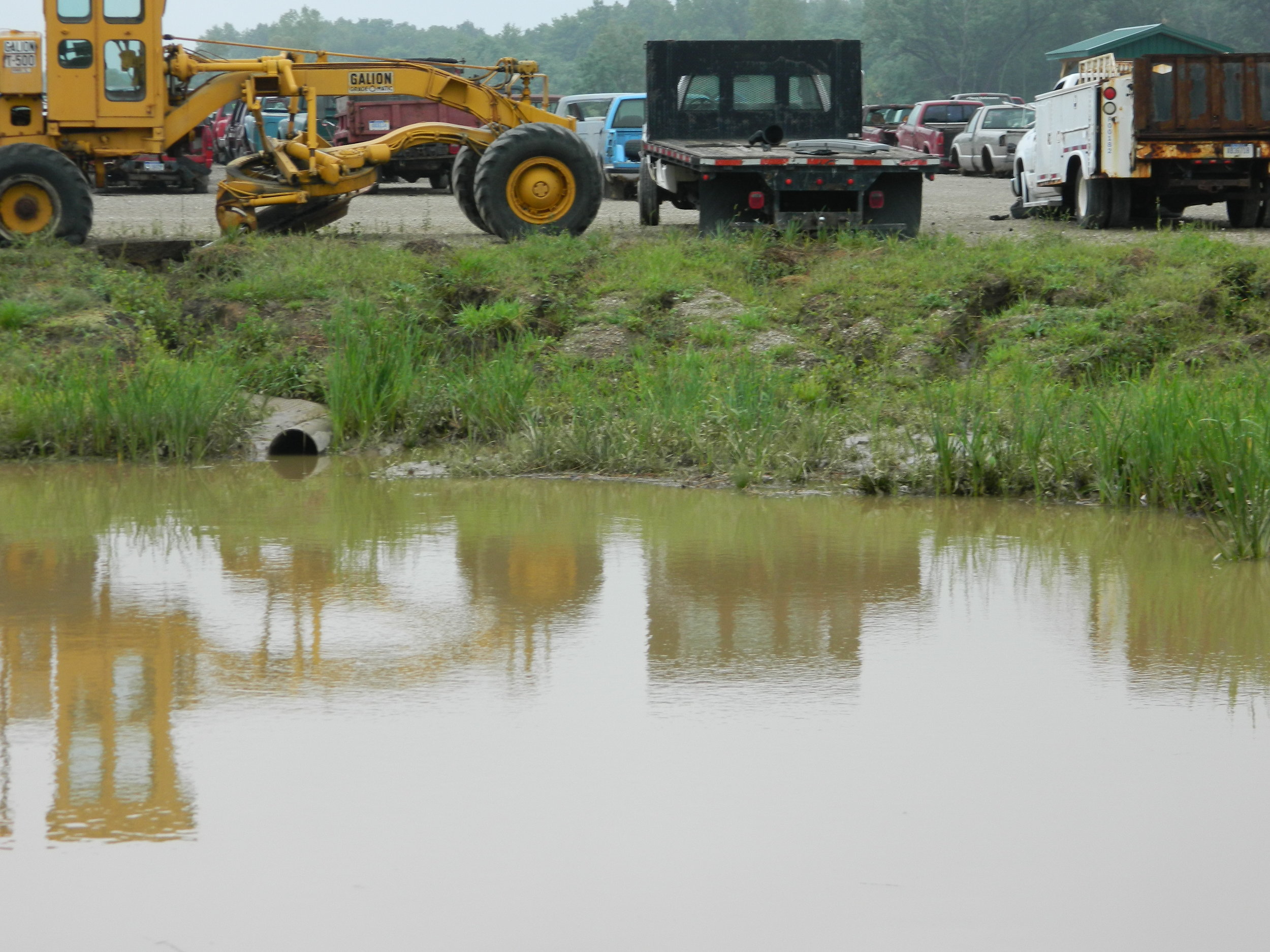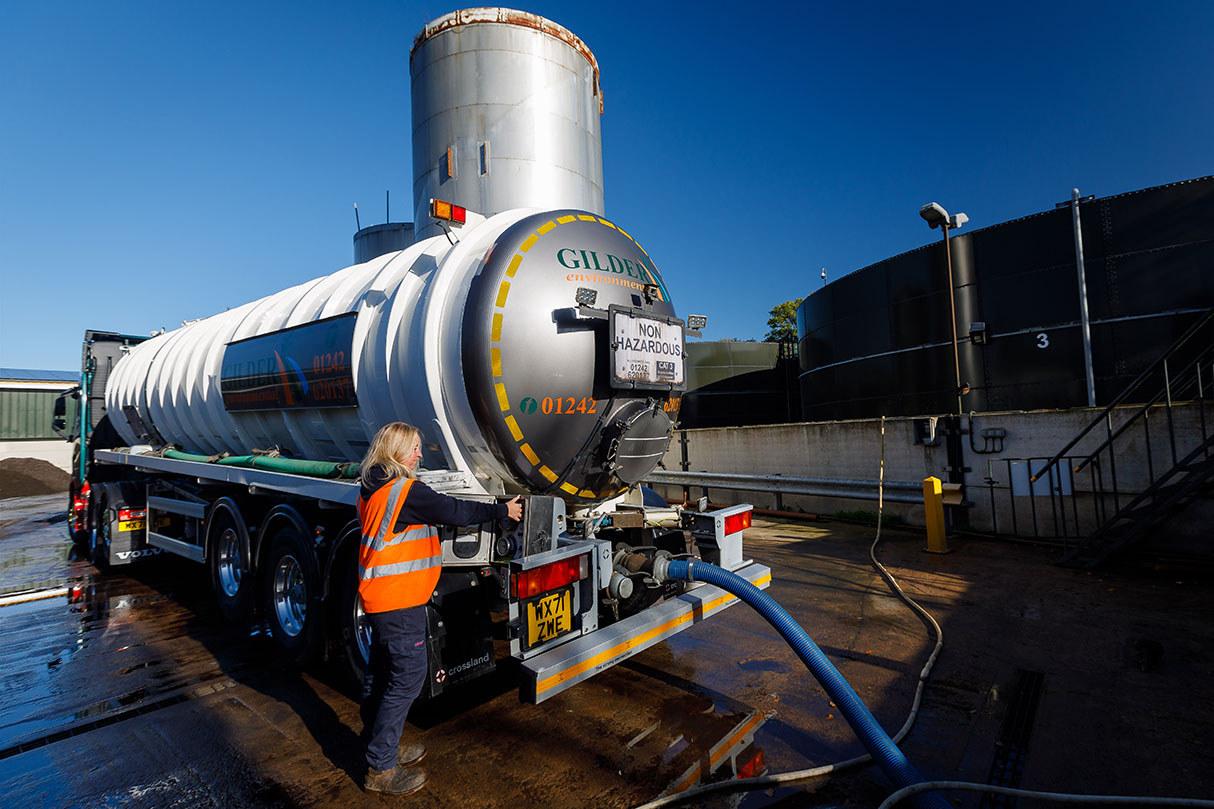Safe and Lasting Liquid Waste Disposal: Your Go-To Provider
Safe and Lasting Liquid Waste Disposal: Your Go-To Provider
Blog Article
How Liquid Garbage Disposal Works: A Detailed Overview of Strategies and Technologies Used

Introduction of Liquid Waste Kind
The intricacy of fluid waste kinds requires a complete understanding of their features and ramifications for disposal. Liquid waste can broadly be categorized into a number of kinds, including commercial, community, farming, and harmful waste. Each classification displays distinct residential properties, needing certain administration techniques to mitigate ecological and wellness threats.
Industrial fluid waste originates from manufacturing procedures and commonly includes a series of contaminants, such as hefty metals, solvents, and organic substances. Metropolitan fluid waste, mostly comprising wastewater from houses and industrial establishments, contains natural matter, nutrients, and virus (industrial wastewater treatment). Agricultural liquid waste, including drainage from ranches, may have fertilizers, pesticides, and pet waste, positioning risks to water high quality and environments
Dangerous fluid waste is defined by its poisoning, sensitivity, or potential to cause injury. Comprehending these varied fluid waste kinds is important for creating reliable disposal techniques and making sure conformity with environmental regulations.
Physical Treatment Techniques

Screening is the preliminary step, where larger particles and debris are gotten rid of from the fluid waste making use of displays or grates. This procedure secures downstream devices from damage and ensures smoother operation. Complying with screening, sedimentation makes use of gravitational pressure to different solids from liquids. In sedimentation tanks, heavier particles resolve near the bottom, developing a sludge layer, while the clarified liquid can be more dealt with.
Filtration is another essential approach that includes passing the liquid with porous materials, such as sand or membrane layers, to catch smaller fragments. This step boosts the top quality of the liquid, making it suitable for succeeding treatment procedures.

Chemical Treatment Methods
Chemical treatment techniques are important for properly handling fluid waste, particularly in resolving dissolved and colloidal impurities that physical techniques might not sufficiently get rid of. These techniques make use of different chemical representatives to counteract, speed up, or transform unsafe substances into much less dangerous forms.
One typical approach is coagulation and flocculation, where chemicals such as alum or ferric chloride are contributed to advertise the gathering of put on hold particles. This process boosts sedimentation, enabling simpler elimination of the resulting sludge. Additionally, oxidation processes, utilizing representatives like chlorine or ozone, are employed to break visit this web-site down complicated natural compounds and microorganisms, providing the waste safer for discharge or further treatment.
Neutralization is another important strategy, which readjusts the pH of acidic or alkaline waste streams to neutral levels, avoiding prospective injury to downstream systems and the environment. Moreover, progressed oxidation procedures (AOPs) utilize combinations of oxidants and ultraviolet light to degrade consistent toxins, accomplishing a higher degree of therapy efficiency.
Organic Therapy Procedures
Biological treatment procedures play a crucial role in the management of liquid waste by utilizing microorganisms to break down raw material and decrease contaminant degrees. These processes can be broadly categorized into anaerobic and aerobic therapies, each using particular microbial areas to achieve effective waste destruction.
Aerobic treatment includes the usage of oxygen to assist in the malfunction of organic materials by bacteria. This procedure is generally carried out in triggered sludge systems, where aeration tanks provide a conducive setting for microbial growth, resulting in the oxidation of organic toxins. The resultant biomass can be separated from treated effluent via sedimentation.
In comparison, anaerobic treatment occurs in the lack of oxygen, counting on different bacteria to damage down raw material. This technique is especially helpful for high-strength waste, as it produces biogas, a renewable resource resource, while decreasing sludge production. Technologies such as anaerobic digesters are often employed in industrial and local applications.
Both anaerobic and cardio biological treatments not just reduce the ecological impact of fluid waste but additionally assist in resource healing, making them vital parts of sustainable waste management strategies. Their performance, adaptability, and performance sustain their extensive application throughout numerous sectors.
Emerging Technologies in Disposal
Cutting-edge strategies to liquid garbage disposal are rapidly developing, driven by innovations in technology and an enhancing focus on sustainability. Amongst these arising technologies, membrane bioreactors (MBRs) have acquired traction for their capability to integrate organic therapy with membrane layer purification, causing top notch effluent that can be recycled in numerous applications. MBRs make it possible for smaller sized impacts and more effective operations compared to conventional systems.
One more appealing advancement is using anaerobic digestion combined with nutrient recovery technologies, which not only treats liquid waste however additionally creates biogas and recoups beneficial nutrients like nitrogen and phosphorus. This twin advantage improves source performance and lowers ecological effect.
Furthermore, advanced oxidation processes (AOPs) are being taken on for the destruction of intricate natural contaminants. These methods utilize effective oxidants and drivers to break down contaminants at the molecular degree, supplying an extremely efficient service for challenging waste streams.
Furthermore, the integration of expert system and equipment discovering in waste management systems is enhancing operational performance and predictive maintenance, leading to minimized costs and improved ecological compliance. These technologies show a significant change in the direction of more lasting and efficient liquid garbage disposal practices.
Verdict
In final thought, effective fluid waste disposal demands an extensive understanding of various methods and modern technologies. The combination of physical, chemical, and biological treatment approaches ensures the reliable management of varied find out here now waste kinds. Moreover, the appearance of ingenious innovations enhances treatment efficiency and promotes sustainability in waste administration techniques. pop over to this site By constantly advancing these techniques, it ends up being feasible to resolve the growing difficulties associated with liquid waste, eventually adding to environmental management and resource recuperation.
Liquid waste disposal is an essential element of environmental administration, needing a comprehensive understanding of various techniques and innovations tailored to various waste kinds. Fluid waste can broadly be categorized into several kinds, consisting of commercial, metropolitan, farming, and hazardous waste. Agricultural fluid waste, consisting of drainage from farms, might contain plant foods, chemicals, and pet waste, presenting risks to water top quality and ecosystems.
Various physical therapy approaches play a crucial function in managing fluid waste properly - industrial wastewater treatment.In verdict, efficient fluid waste disposal requires a detailed understanding of different techniques and technologies
Report this page